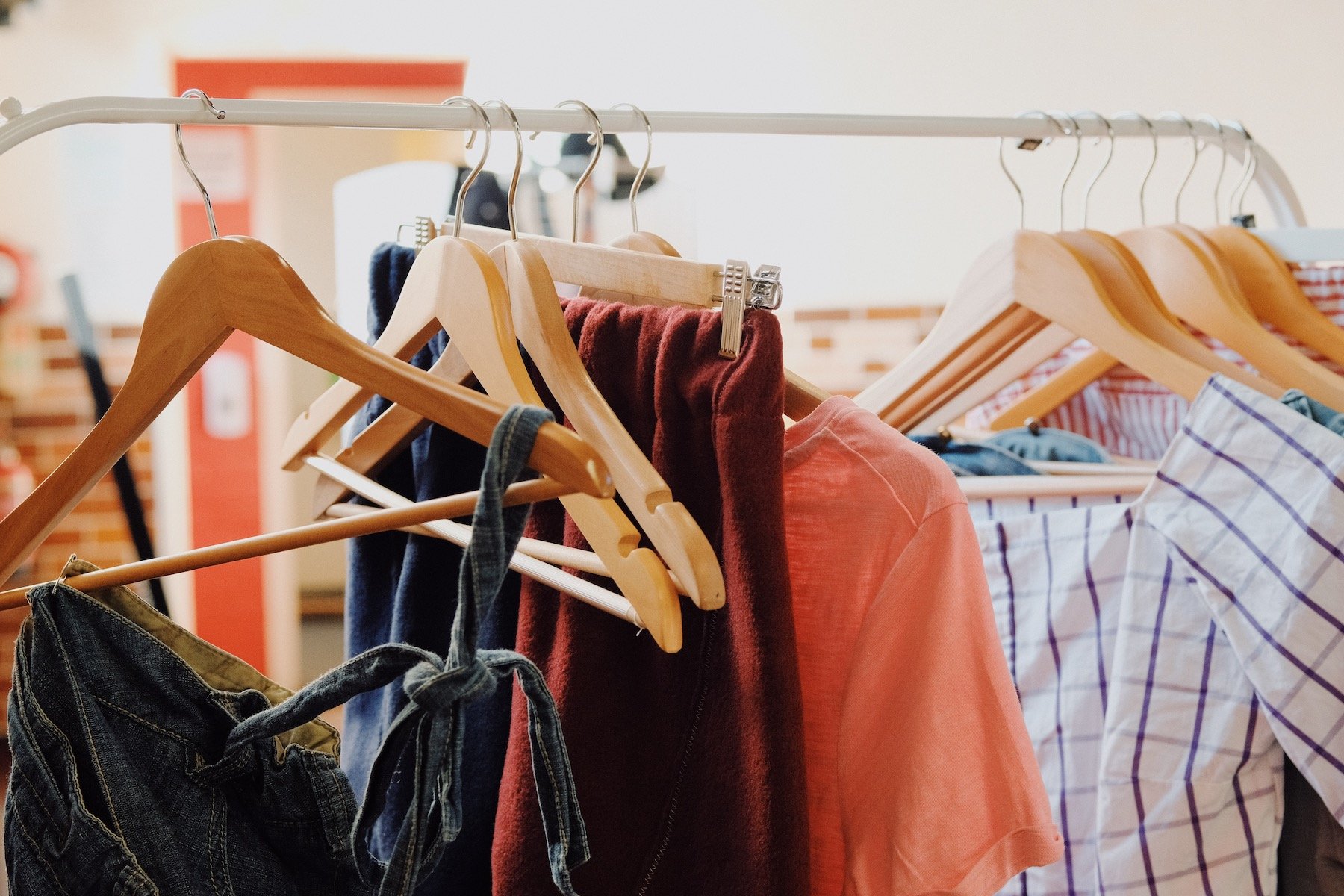Embracing the true value of clothing: the power of emotional durability
In a world fascinated by the glamour of fast fashion and seasonal trends, the true value of clothing often gets lost in the constant revolution of styles…
We can find ourselves trapped in a cycle of consumption, buying more and more garments without truly appreciating what we already have. It is time to redefine our relationship with clothing, embracing its true value and unlocking the power of emotional durability.
The Journey of a Garment
Our fashion journey begins on huge farmlands and in textile fields, where dedicated farmers nurture crops that will become the fibres of our clothing. Cotton, wool, linen, and various synthetic materials, each with its unique origin story, set the foundation for our garments.
This cultivation process is not without its environmental impact. Conventional cotton farming, for example, is notorious for its heavy use of pesticides, which damage ecosystems and harm farmers' health. Additionally, immense quantities of water are required for irrigation, contributing to water scarcity concerns in certain regions.
Once the raw materials are harvested, they begin a massive global journey, shuttling through manufacturing units that span whole continents. Within the walls of these bustling factories, the scene resembles a relentless orchestra of sewing machines, with workers under the constant strain of meeting tight deadlines and creating clothes at breakneck speed. Skilled hands, working under immense pressure in often poor conditions, take up the mantle to sew, dye, and finish the fabrics, transforming them into the mass-produced pieces that we see on the racks in our high-street stores.
Every garment we wear carries a profound story within its fibres, and a tale of human effort, creativity, and ingenuity. From the dedicated farmers who nurture the raw materials to the skilled professionals who transform them into wearable art, every step of the journey contributes to the garment's value.
In the past, clothing was made with care and intention, designed to withstand the test of time. Garments were treasured, passed down through generations, and infused with memories and emotions. However, the advent of fast fashion has changed the narrative, prioritizing quantity over quality and encouraging a disposable mindset.
The Negative Returns Culture
In an increasingly digital world, the ease of online shopping has enabled an unintended phenomenon – a carefree and ever-growing returns culture. Consumers have grown accustomed to "buy now, return later," with little thought for the environmental cost.
What’s the problem?
When we return clothes, they begin additional journeys which have a massive environmental impact. The fuel used to transport these items back to warehouses and stores, often across several countries, racks up significant carbon emissions. Returned garments that cannot be resold due to hygiene and quality concerns also end up stuck in warehouses before being thrown into landfill or recycled, living a pointless life.
What can be done about it?
The power to bring about change lies in the hands of consumers. By shining a spotlight on the untold journeys of clothes, we can empower consumers to make better, more informed choices. Brands must also embrace transparency, sharing supply chain information and highlighting the efforts of their workers, and encourage an era of conscious consumption.
Emotional Durability
Emotional durability is the idea that an object gains value through emotional connections and experiences. When we invest in well-crafted, timeless pieces, we create an emotional bond with our clothing. The more we wear a garment, the more it becomes a part of our lives and our identity.
Emotionally durable clothing outlasts fleeting trends. It stays with us throughout our lives, and each crease, stain, and mending become a part of our own story, reflecting our growth and resilience. To embrace the value of clothing, we must adopt a more conscious approach to consumption, and this begins by shifting away from the impulse to chase every trend, instead choosing garments that align with our style and our values. Investing in high-quality, ethically made pieces not only reduces our environmental impact but also ensures that we support fair labour practices. By selecting a wardrobe with intention, we cultivate a deeper appreciation for each garment. We learn to mix and match, breathe new life into old favourites, and find joy in creativity rather than wasteful consumption.
Written by Joe Mountain, in collaboration with Future Fashion Fair.



